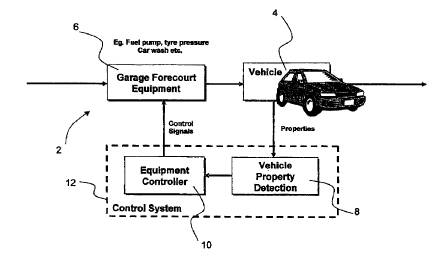In a recent blog I talked about fast ways to protect your Intellectual Property. Whilst this is a key part of the innovation development process and puts you in the best position to capture the market share, unfortunately it doesn’t always stop counterfeiting going on.
 Counterfeiters want to make a killing from your intellectual property and when it comes to faking drugs they often do. Criminals can make more money from illegally trading pharmaceuticals than narcotics and the penalties are much lower.
Counterfeiters want to make a killing from your intellectual property and when it comes to faking drugs they often do. Criminals can make more money from illegally trading pharmaceuticals than narcotics and the penalties are much lower.
It’s not just drugs, but all goods from aeronautical parts to the ubiquitous CDs and DVDs. Widespread availability of sophisticated low-cost duplicating technologies make it easy to produce professional looking copies.
It is generally reported that 7% of world trade is in counterfeits. This figure can only get worse as economies shift from manufacturing to creativity and innovation. It is the intellectual property that becomes the principal source of value and criminals have been quick to exploit this 21st-century crime.
Many brand owners are now beginning to wrestle with the issues and the role of brand protection director is increasingly common. But where do you begin? There is no shortage of technologies, but it is important to thoroughly understand the problem before adopting the wrong technology.
Counterfeiters do not stand still and so expect your security measures to be undermined. However, frequent packaging changes can add to the confusion and so it is critical to adopt the right approach.
 Lessons can be learnt from the banknote industry where they have successfully grappled with the problem for the last 300 years. Essentially they take a systems approach with an extensive infrastructure for managing the cash cycle. There are comprehensive accounting systems with appropriate automation for quickly spotting irregularities. Banknotes are serialised with multiple security features and layers.
Lessons can be learnt from the banknote industry where they have successfully grappled with the problem for the last 300 years. Essentially they take a systems approach with an extensive infrastructure for managing the cash cycle. There are comprehensive accounting systems with appropriate automation for quickly spotting irregularities. Banknotes are serialised with multiple security features and layers.
What is needed is the equivalent system and management tools for managing the integrity of goods across supply chains. Such a system will not only address counterfeiting, diversion and theft but will also bring many operational benefits too.
This brings me nicely along to a real life example of a system designed to address counterfeiting. Mindsheet, in partnership with key R&D providers Plexus, Ecebs and Scientific Generics, delivered a major £5.2 million platform project for ITI Techmedia to address counterfeiting. This 21-month project developed a breakthrough platform that enabled innovative system-level solutions for brand protection and product authentication in complex multi-company global supply chains. The system features a range of machine-readable taggants, plus the readers, writers and trust management systems which provide the means of exchanging codes and information to establish a product’s provenance.
